The Enshittification of Fantasy | Vol.1: The Birth of a Genre (& How it Was Immediately Ruined)
okay, let's get historical & critical &...hopeful?
Fantasy is life
Before it was boxed box-setted in, fantasy was a twelve-headed hydra being slain on a Greek amphora…it was Gilgamesh raging against death, Enkidu dreaming of the underworld…it was the Mahabharata’s celestial weapons & talking serpents, the Norse gods bracing for Ragnarök, the Yakshas of the Ramayana guarding cursed forests, Sun Wukong somersaulting across heaven, Anansi spinning the first story from a stolen pot of wisdom.
People used fantastical stories to explain & understand god, war, desire, death, ancestry, destiny…Often, these stories weren’t even treated as fiction, but rather embedded into law, ritual, architecture, medicine. In many cultures, myth was history, retold through symbols large enough to convey collective memory. Chinese dynastic records routinely mix celestial events & dragon sightings. In the Andes, Inca rulers traced their bloodlines back to the sun.
The Western publishing industry might believe it invented fantasy in the 20th century but in fact fantasy is the oldest language of storytelling.
& Yet by the 20th century, the West had compartmentalized wonder. Fantastical tales became "children’s stories" or "folklore," stripped of sacred weight. Tolkien’s quiet rebellion was to treat this mythos as adult truth.
Tolkien’s “sub-creation” & “long defeat” vs. the rise of capitalism
Of course all discussions of the fantasy genre as we know it now must begin with The Lord of the Rings. When Middle-earth arrived in the U.S. in the 1960s at the height of the counterculture movement, college students became fast obsessed. “Frodo Lives” graffiti sprouted up everywhere. At a certain point, LOTR craze rivaled Beatlemania. Soon enough, the series replaced, for some readers, Catcher in the Rye as the rite-of-passage novel for disaffected youth.
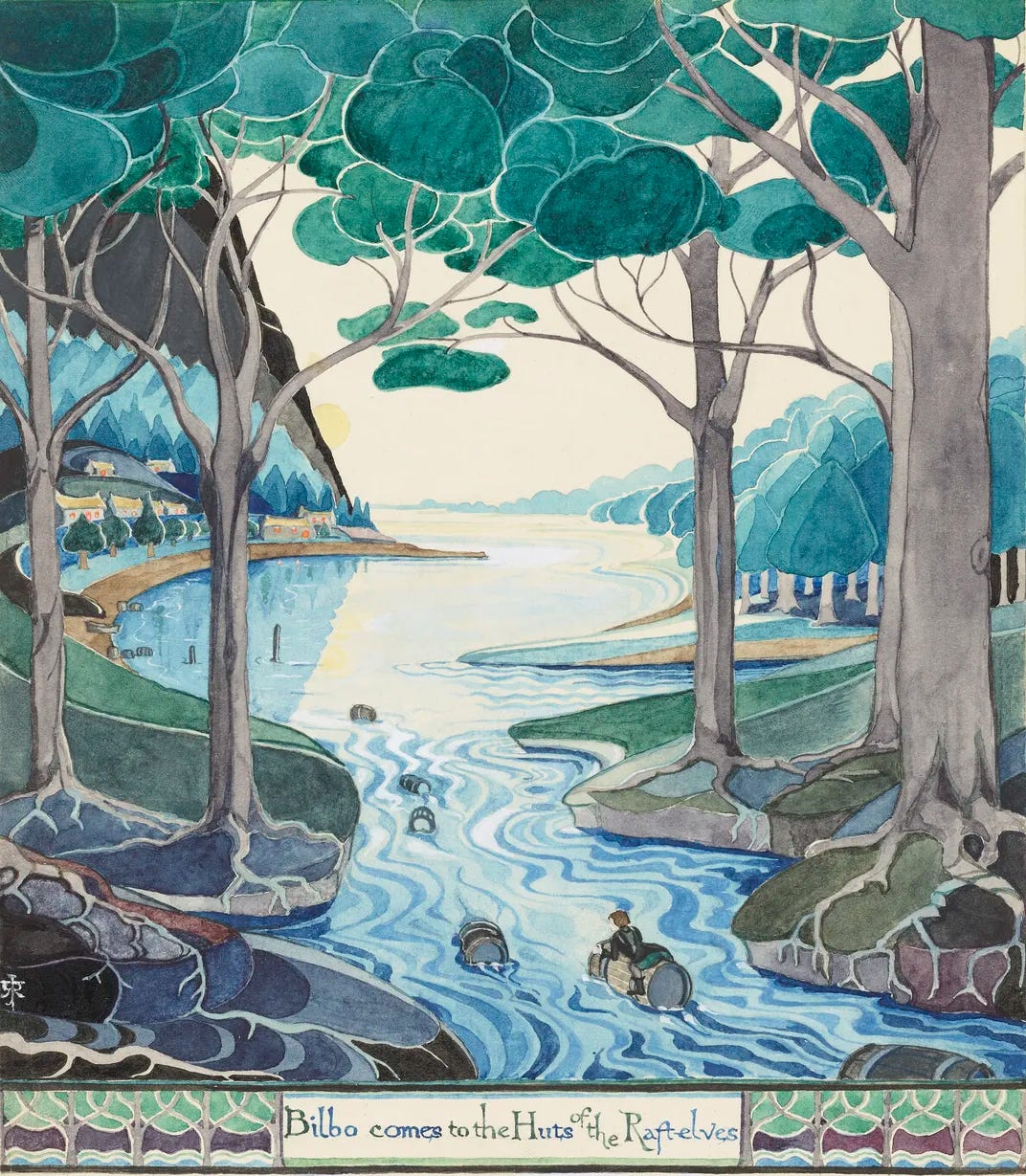
Tolkien had spent his life immersed in the fragments of vanished worlds. He lost both parents before the age of twelve, fought in the trenches of the Somme, & returned home with a battered faith in modernity. He became a philologist out of love & grief, searching for the roots of language, the echoes of stories that had once meant everything & were now mostly forgotten.
He described The Lord of the Rings not as fantasy but as “sub-creation,” the building of a world whose truths are emotional, moral, & linguistic — a world made in the image of our deepest instincts.1
In an interview, when asked whether Middle Earth was meant to exist in some alternate space or time, Tolkien offered that rather it could be thought of as existing within our world just “at a different stage of imagination.”2
That’s what made it powerful & simultaneously dangerous to the industry.
Because when something hits that hard — when a book moves through a country like lightning — corporations don’t say, “How do we protect this?” Instead “How do we copy it?”
Tolkien wrote about the ruin of industry ("the shadow of Mordor” {no not the video game} was literal factory smoke, the Shire’s scourging a dirge for mechanization), only to have his work industrialized. The Shire’s anti-mechanization ethos became a mass-produced product: shrink-wrapped, discounted, & stripped of its lament. The books that warned against the machine were fed into one.
Mixing the formula: mass-market elves for $3.99
Ballantine3’s first response to Tolkien’s success was earnest: re-issue the lost elders of wonder. Lin Carter’s Adult Fantasy line brought back Lord Dunsany, William Morris, E.R. Eddison…books thick with archaisms & melancholy. Unfortunately, readers kinda just shrugged. By the time Random House bought Ballantine, the imprint was losing money & cultural traction.
Then came Lester Del Rey. He wasn’t interested in reverence—he came from pulp sci-fi & thought like a salesman. In 1977, he got his hands on a manuscript called The Sword of Shannara—a clunky, beat-for-beat Tolkien imitation that most editors passed on. Del Rey didn’t flinch. He leaned in. He cut the apocalyptic sci-fi bits, dulled the grief, & brought in the Hildebrandt brothers (famous for Tolkien calendars) to paint the cover. Results? Well, it sold like hell. For the first time, a fantasy paperback hit the bestseller list. Turns out, if fantasy’s just for the shelf & not the soul…well, all you need is the perfect formula.
& once you have the formula, the next evil logical step is to replicate it into oblivion packaged with bits & baubles here & there to make it seem slightly different.
One does need a bit of luck & timing on their side too. A kind of machine if you will to help automate the administering of the formula. Lo & behold, this came to be at precisely the right time as both mass market paperbacks rose to prominence alongside chain bookstores. Cheap paperbacks were printed in the millions, trucked to every mall bookstore & airport spinner rack. Chain retailers wanted repeatability. Distributors wanted speed. Editors started treating trilogies like scheduled programming. There wasn’t time for invention. Just the ordinary, expected rigmarole of the factory conveyor belt.
What Del Rey did to fantasy feels familiar now. Take one thing that hits — a structure, a voice, a visual — & flatten it into a template. Then repeat it, endlessly, until the original charge is gone. We can’t just blame the orchestrators of this mass-appeal-fantasy-factories, the consumer (no longer “just” a reader) also shares the onus here. As Derek Thompson puts it in Hit Makers: The Science of Popularity in an Age of Distraction:
“Some consumers buy products not because they are “better” in any way, but simply because they are popular. What they’re buying is not just a product, but also a piece of popularity itself.”
Fantasy in the OG Del Rey era became just that: an echo of an echo. Tolkien had built a world. The industry turned it into an algorithm.
& everything else? Gone!?? Poof…!
Or rather, it festered in the shadows…transmogrified, grew strange limbs & cosmologies & warped histories colored in deceit, blood, murder, mayhem…& a whole lot of genre flip-flopping. I guess that’s what happens when you let something find it’s own light in complete darkness.
So was this the rebellion that fantasy needed to break free from the endless capitalism churn? Well…if I went back to the 80s & 90s, you’d forgive me for thinking in the affirmative here.
The world felt new again. Distant enough from the chaos of world wars that one could conjure those horrors yet again not just escape them safely or come to terms with them…rather, this time to understand them, unpack them, solder from their embers something glowing wildly with a ravaged kind of freshness.
& yet, if this truly had been a counterculture to the counterculture, we might be elsewhere today & not drowned in reams of ridiculous romantasy…but here we are…
so how’d we get here?
I’ll try to cover this in Vol. 2, tentatively titled: How fantasy got horny & grim (& still managed to be commodified into a boring blob)
Mahabharata: The Greatest Spiritual Epic of All Time by Krishna Dharma
A fast-moving, faithful retelling of the Mahabharata that dives unabashedly into the cosmic weirdness. Think epic saga instead of textbook full of underworld quests, sentient weapons, cursed lineages, moral collapse, & the slow, brutal unraveling of an age.
Tree and Leaf: Including Mythopoeia by J.R.R. Tolkien
A compact portal into Tolkien’s brain, his essays & short works tracing the purpose of fantasy, the ethics of invention, & why making up worlds is as sacred as living in them (includes the famous & lovely “On Fairy Stories”).
Lud-in-the-Must by Hope Mirrless
Mostly forgotten when it first came out in 1926, this eerie, elegant novel was decades ahead of its time — part fantasy, part allegory, part fevered pastoral. Susanna Clarke was heavily influenced by this one for my all-time favorite fantasy book Jonathan Strange & Mr Norrell.
The Uses of Enchantment: The Meaning and Importance of Fairy Tales by Bruno Bettelheim
An intense, wildly Freudian take on fairy tales as the psychic maps of childhood — full of sex, death, repression, transformation, & the monstrous tenderness of growing up. Bettelheim doesn’t care if it makes you uncomfortable; he thinks that’s the point.
A History of Epic Fantasy by Adam Whitehead
Adam Whitehead runs The Wertzone, one of the best genre blogs out there. His series A History of Epic Fantasy spans 30+ essays tracing the shape of the genre—from its mythic precursors to its current landscape. Fair warning: reading it will absolutely wreck your TBR.
Favorite Folktales from Around the World by Jane Yolen (Ed.)
I’m obsessed with the Pantheon Folklore series so this is an excellent one to start with because it collects some of the best. But if you’re into collecting, like me, you’ll of course want to get all the folklore books out there!
“Man, Sub-creator, the refracted light
through whom is splintered from a single White
to many hues, and endlessly combined
in living shapes that move from mind to mind.
Though all the crannies of the world we filled
with Elves and Goblins, though we dared to build
Gods and their houses out of dark and light,
and sowed the seed of dragons, 'twas our right
(used or misused). The right has not decayed.
We make still by the law in which we're made.”
J.R.R. Tolkien, Tree and Leaf
The publisher that brought LOTR to the US.



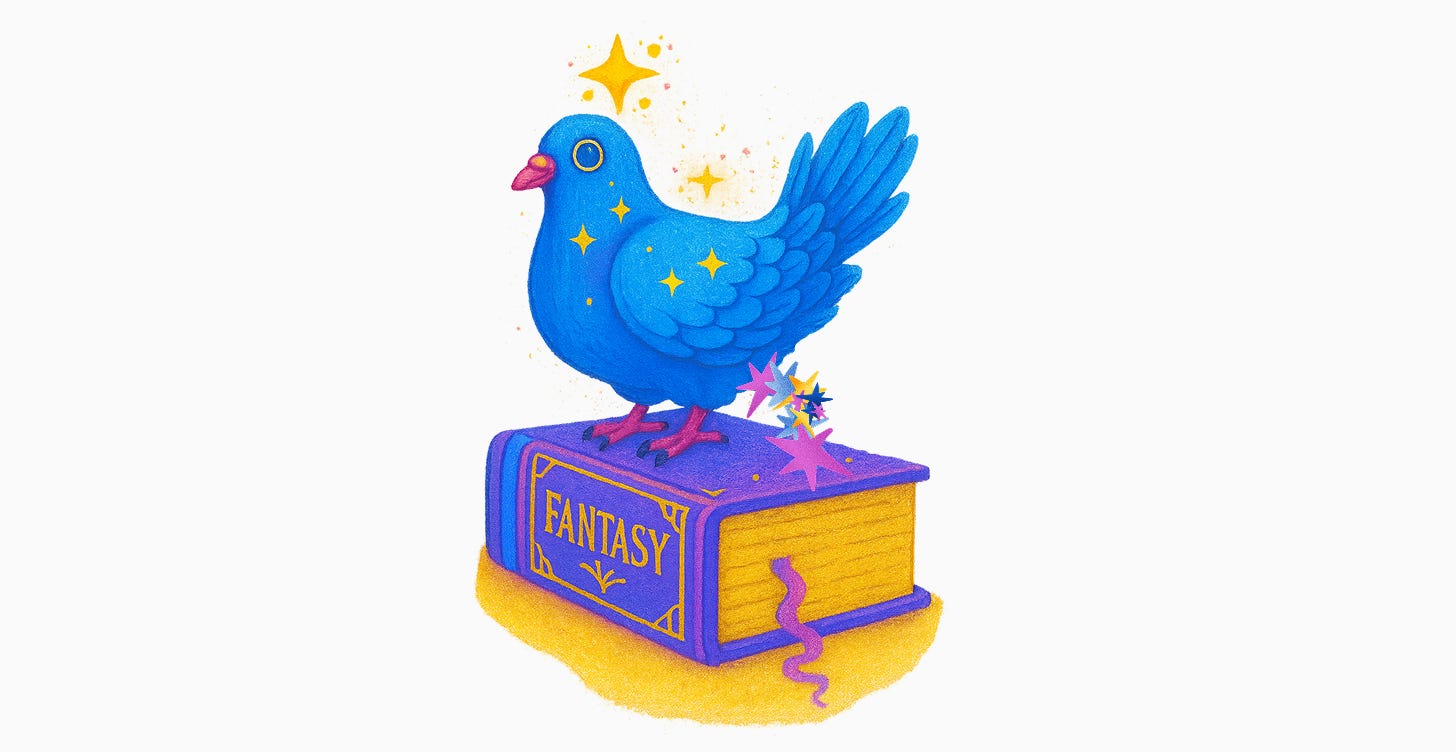
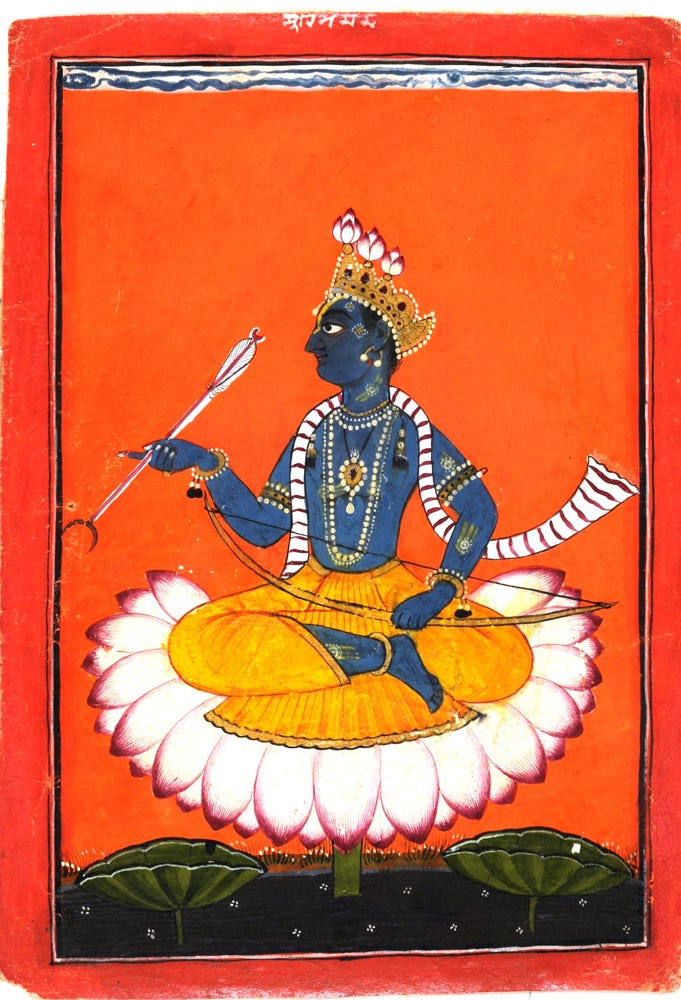
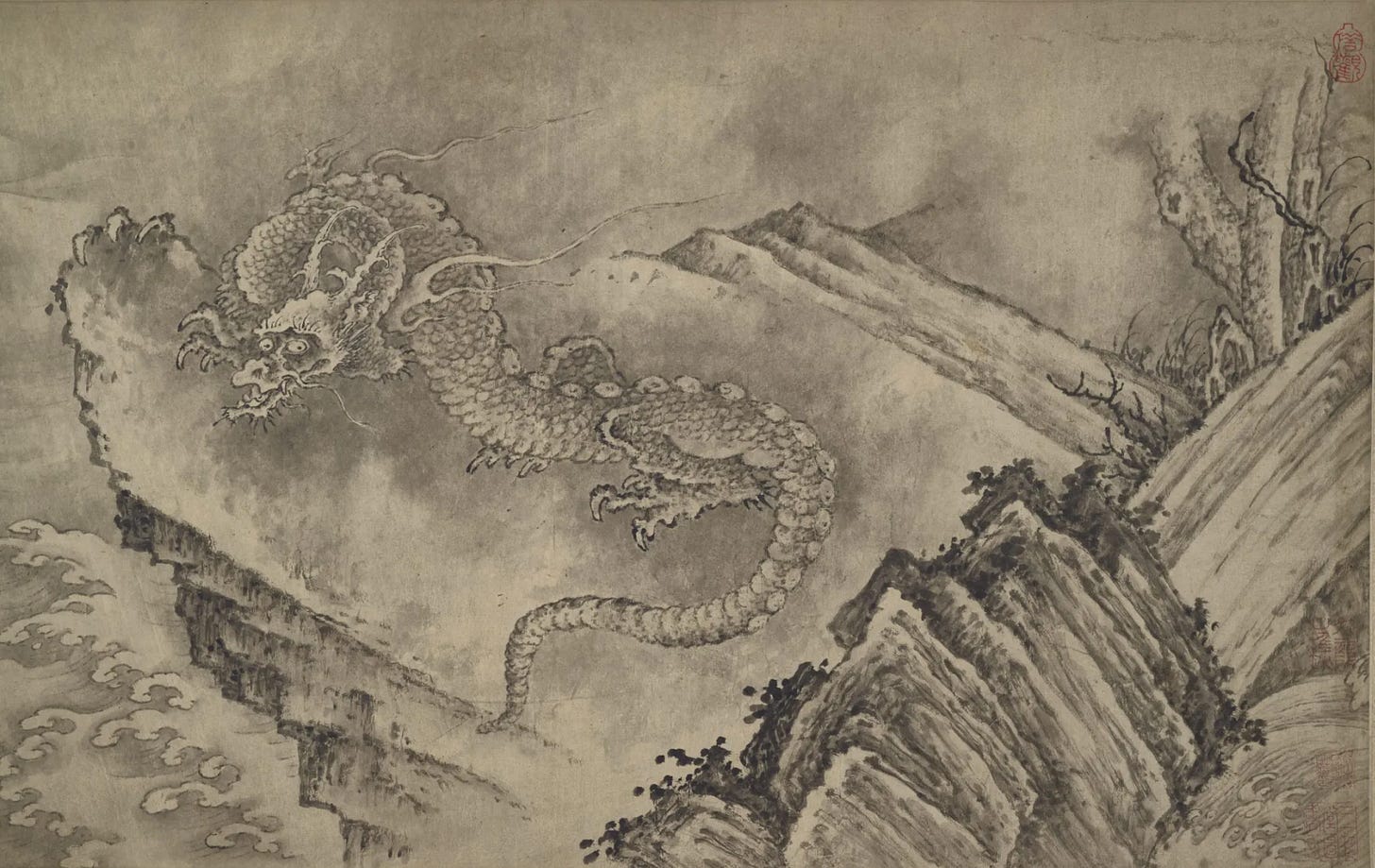
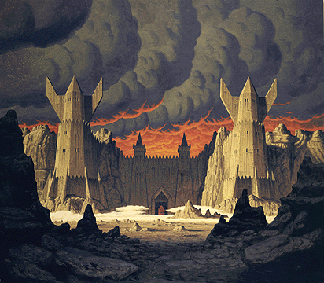
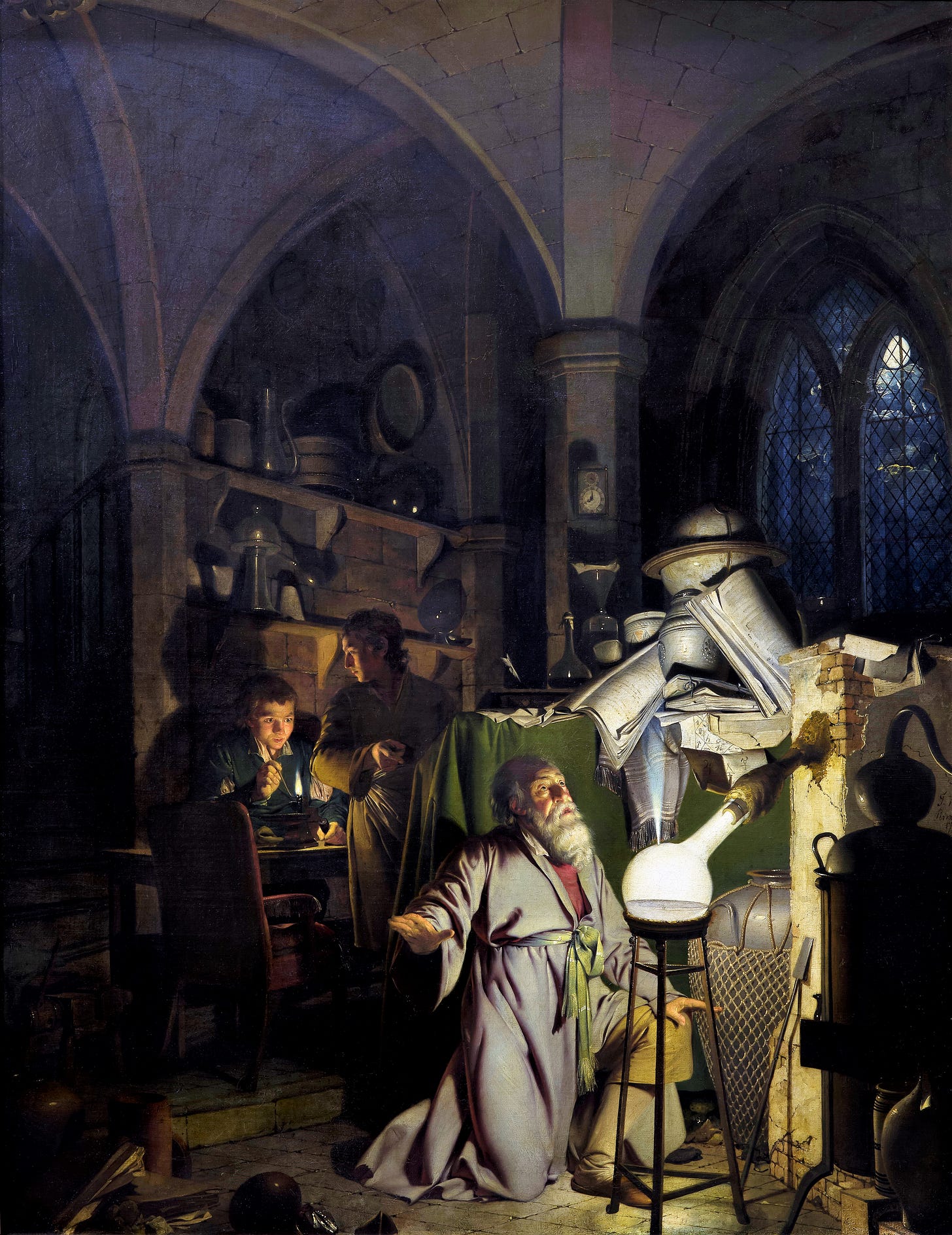
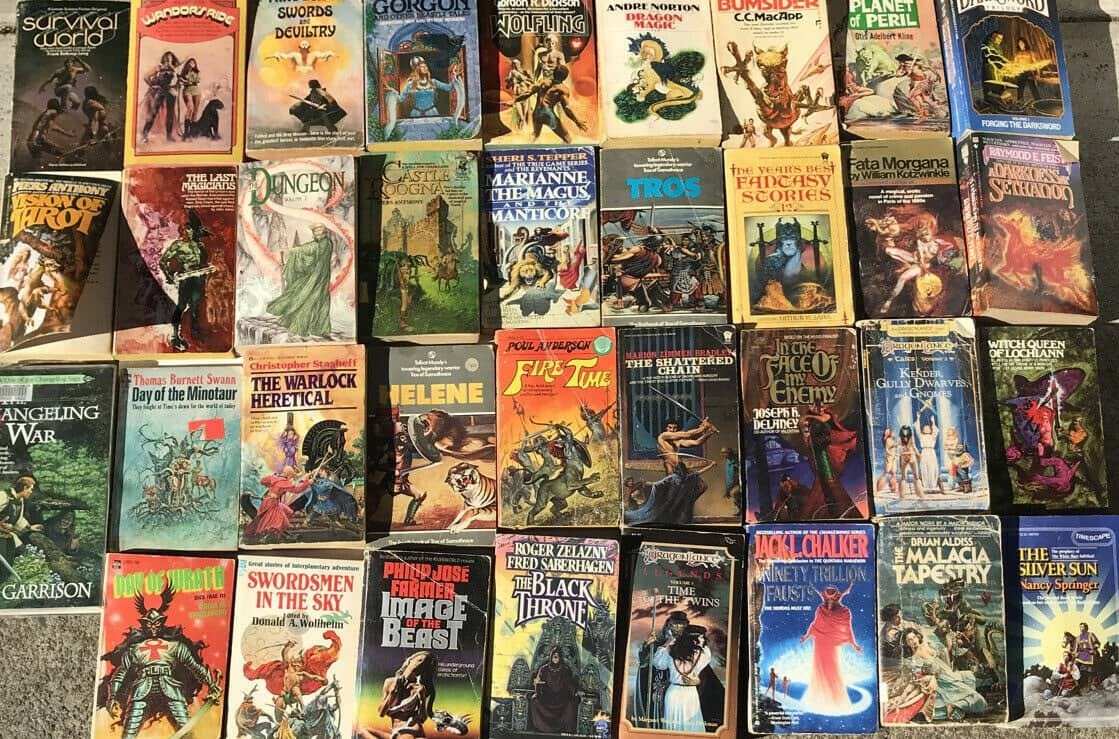


I am interested to see where you go with this. As (I hope) a friendly suggestion, you may want to fix the typo in the title of "Lud-in-the-Mist."
Reading this I couldn't help but think how much you would like John Crowley's masterpiece "Little, Big" (1981), one of the great (if sadly obscure) fantasy novels. Give it a try, you won't regret it. But I warn you: it's not written for the modern world: beautiful, slow, stately, haunting—it repays what you give it but you have to give it your time & attention.